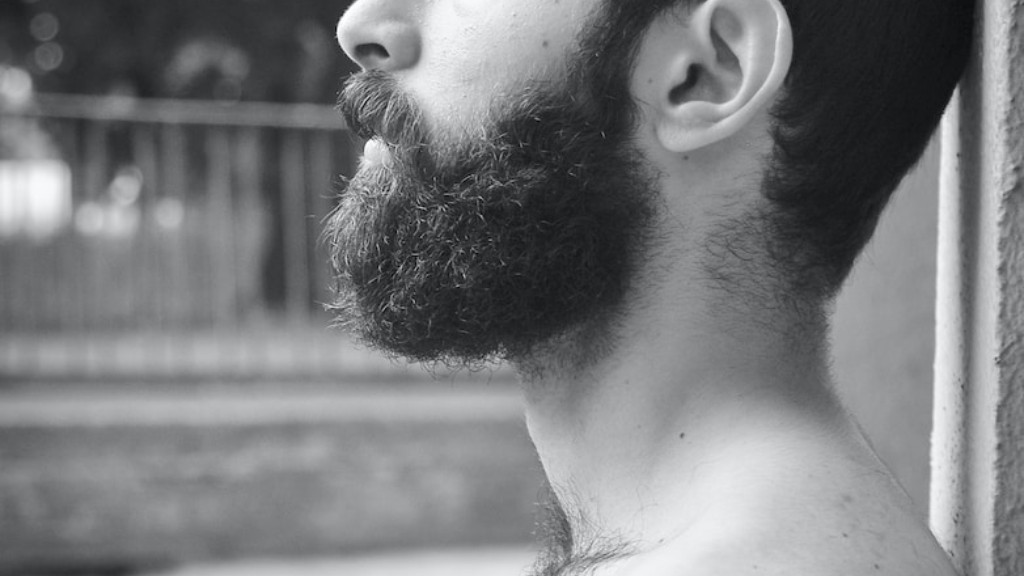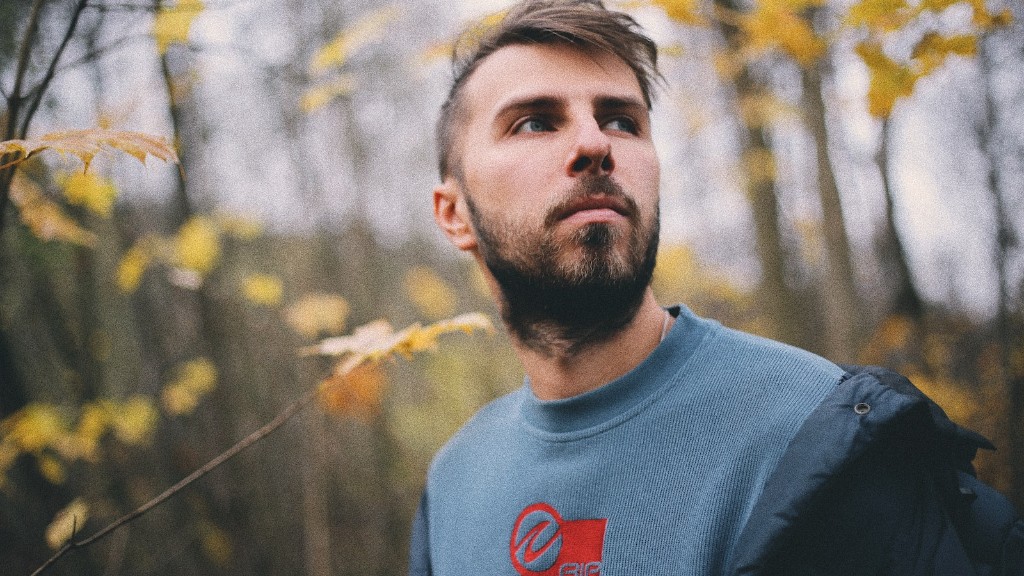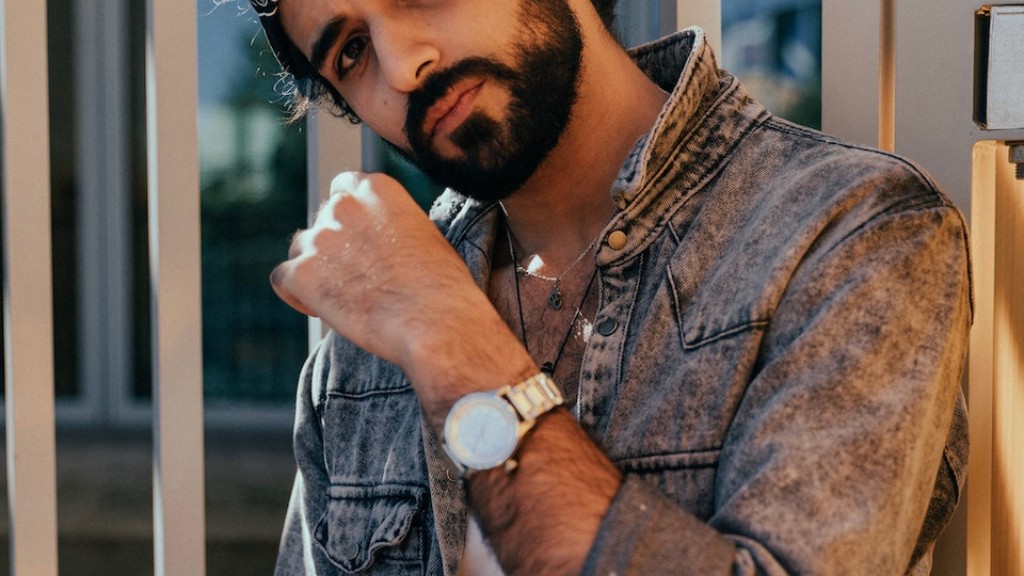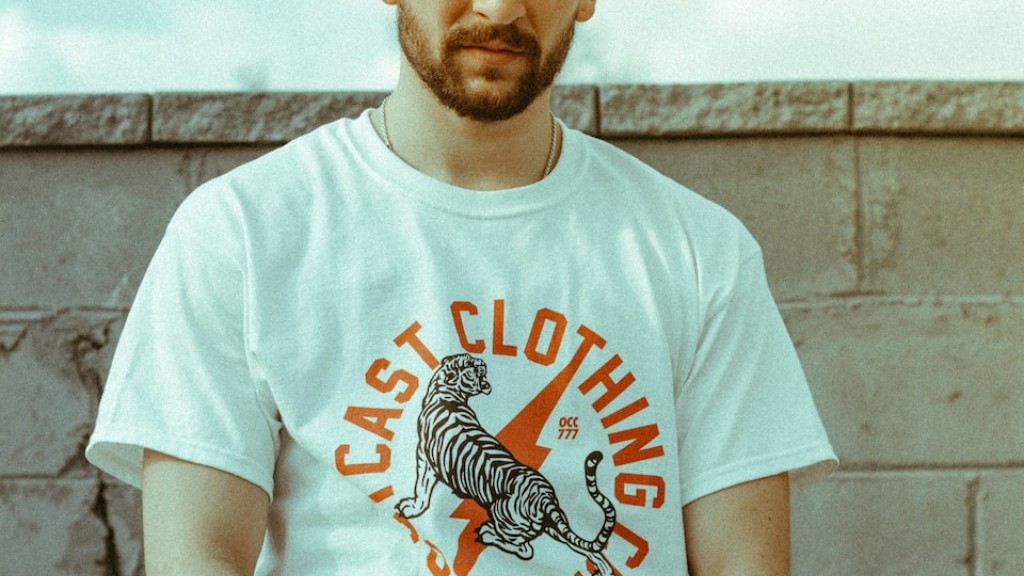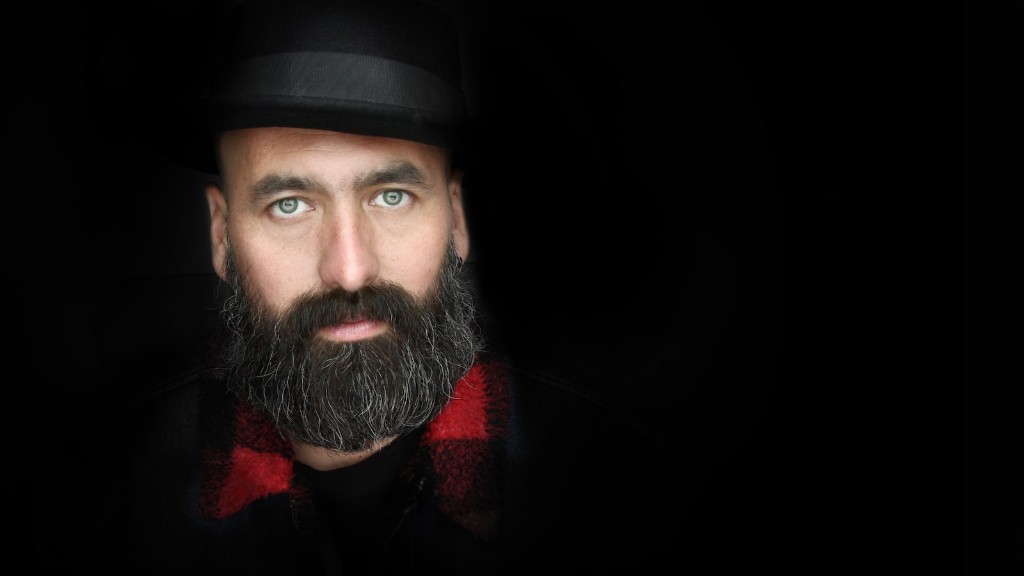Beard transplants are a relatively new cosmetic procedure that involves taking hair follicles from another area of the body and transplanting them into the facial area to create a fuller, more robust beard. Because the procedure is still relatively new, there is not a lot of long-term data available on its efficacy or safety. However, preliminary studies suggest that beard transplants are safe and effective, and the results are usually permanent. There are a number of factors to consider before undergoing a beard transplant, including the cost, which can vary depending on the clinic and the extent of the procedure.
There are a lot of different factors that go into whether or not a beard transplant is worth it for a particular person. One key factor is how well the person’s hair follicles will take to the new location. Another is the overall health of the person’s skin and hair. If a person has a good chance of success and is in good health, then a beard transplant could be worth it. The cost of the procedure is also a factor to consider.
How long does a beard transplant last?
It is normal for the transplanted hairs to shed approximately two weeks after the procedure. This shedding does not impact long-term growth and is to be expected. You will see substantial new beard growth in the transplanted area within several months.
The beard transplant procedure is becoming increasingly popular around the world, with an average success rate of 80-90%. The high success rate is due to the fact that the hair follicles used in the transplant come from the patient’s own scalp, and the procedure is performed using the FUE technique, which is a minimally invasive procedure. The combination of these two factors makes the beard transplant a safe and effective procedure for many men.
What are the negatives of beard transplant
If you are considering having a beard transplant, it is important to be aware of the potential risks and complications that can occur. While the majority of patients experience only minor discomfort and swelling, there are a small number of cases where more serious side effects can occur. These can include pain, excess swelling, bruising, redness in the area, infection, and scarring. If you experience any of these side effects, it is important to contact your doctor or surgeon immediately.
Beard transplantation is a cosmetic procedure that involves the transplantation of hair follicles from one area of the body to the beard area. In general, beard transplantation is not a dangerous procedure. With new cosmetic techniques, the transplantation of hair follicles is painless and easy to recover from. But, like any type of procedure, there is some risk involved. This includes infection, scarring, and other medical complications.
How many grafts is a full beard?
A full beard transplant typically requires 2,500 to 3,000 grafts. The patient may require additional hair grafts for their sideburns and mustache, depending on their personal goals. A full beard transplant can take anywhere from 6 to 8 hours, depending on the number of grafts needed. Recovery time is typically around 2 weeks.
A beard transplant is a procedure whereby hair is taken from another area of the body and transplanted into the beard area. When performed by an experienced surgeon, the transplanted hair looks completely natural and indistinguishable from the surrounding hair. In fact, you’d never be able to tell it wasn’t your natural hair. The best hair transplant clinics have a team of experienced surgeons who can perform the procedure flawlessly, resulting in a completely natural-looking beard.
How painful is a beard transplant?
If you are considering a beard transplant, it is important to know that the procedure is relatively painless. Most of our surgeries are completed as outpatient procedures using local anesthesia, so you will only experience minor discomfort. You may experience slight swelling or redness for a few days after the procedure, but this is normal and should not cause any major concern.
If you are considering a body hair transplant, Turkey is definitely the best country to go to. There are hundreds of clinics offering high quality transplants, and the Turkish surgeons are some of the best in the world. You can expect to be well cared for and to get great results from your transplant.
Can you shave a beard transplant
You can resume shaving from a week to 10 days after the procedure. The signs of having had the procedure usually subside within five to seven days. Most people only will notice your new hair growth and perhaps some mild flaking.
There is no minimum age for a beard transplant, but the best results are usually seen in patients who are older than 20. This is because the beard continues to grow until around the age of 20, so patients who are older than this tend to have better results. However, there are some genetic and medical factors that can affect the results of a beard transplant, so it is important to discuss these with your doctor before proceeding with the procedure.
What is the minimum age for beard transplant?
Most surgeons recommend waiting until you are 20 years old to get a beard transplant. This is because your facial hair is still growing at this age and you will get the best results.
Facial hair transplants can be a great way to restore confidence and improve appearance. The cost of treatment can vary depending on the number of hairs transplanted and the patient’s individual needs. However, there are many financing options available and many patients feel the results are worth the investment.
Which celebrities have had a beard transplant
More and more smooth-cheeked chaps are opting for beard transplants to keep up with the latest ‘hipster’ trends and celebrity styles. According to a new survey, some of the most popular bearded celebrities include Brad Pitt, George Clooney, Ben Affleck, Colin Farrell, Zac Efron, Tom Hardy, Gary Barlow and Leonardo DiCaprio. So if you’re considering a beard transplant, you’re certainly not alone!
If you’ve recently undergone a hair transplant, it’s normal to experience some hair loss 15-30 days after the surgery. This is actually a good sign, as it means that your new beard follicles are getting ready to start growing. In about 90 days, your beard will have completed its growth, and most of the hair follicles will be in their final position.
How many hairs is 3000 grafts?
3000 grafts would contain a total of 5,400 to 6,600 hairs. This is because each graft can contain 1-5 hair follicles, and the average hair/graft ratio is between 18 – 22. Therefore, 3000 grafts would provide a range of 5,400 to 6,600 hairs.
Most people can expect to grow at least a foot of beard before the end of the anagen phase. The average terminal length ranges from 12 inches to 36 inches, with the world record beard held by Hans Nilson Langseth at an impressive 186 feet! While your beard may not reach these extremes, it is still possible to achieve impressive lengths with some patience and proper care.
Final Words
There is no simple answer to this question as it depends on a variety of factors. Some men may feel that a beard transplant is worth it if it helps them to feel more confident and masculine, while others may not feel that the results are worth the cost. Ultimately, it is a personal decision that should be made after careful consideration and consultation with a qualified medical professional.
If you are considering a beard transplant, you will need to decide if the benefits are worth the cost. A beard transplant can give you a full, thick beard that looks natural. The procedure is safe and typically has few side effects. The main downside to a beard transplant is the cost, which can be quite high. You will also need to take care of your new beard to ensure that it grows in properly. Overall, a beard transplant can be a great option for those who want a full beard but are not able to grow one naturally.
